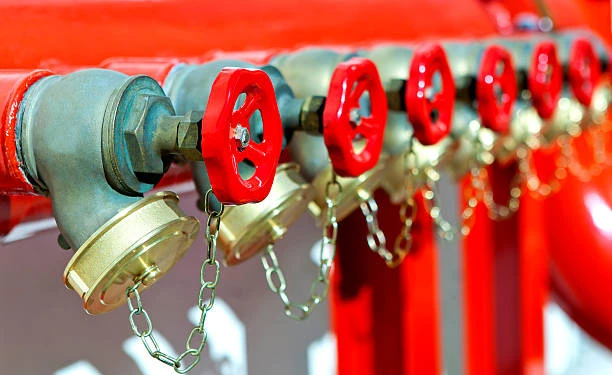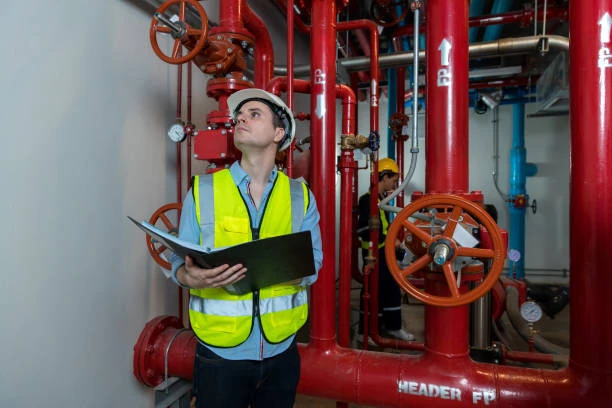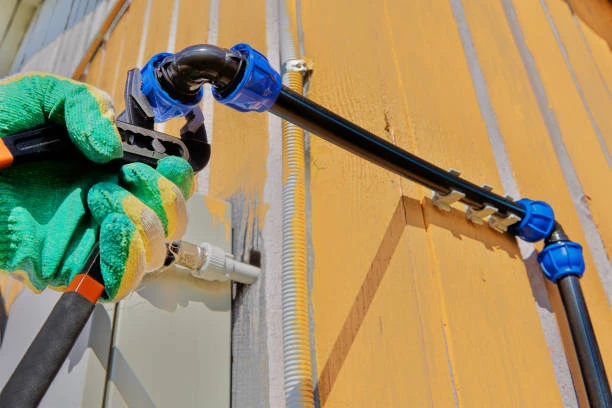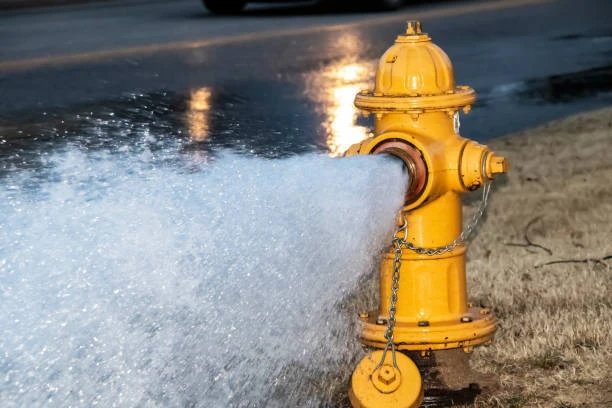Introduction
NASA’s Starliner program, designed to transport astronauts to the International Space Station (ISS), has faced significant challenges over the years. Among these, a contentious dispute between contractors regarding valve issues has emerged, causing delays and raising concerns about the spacecraft’s future. This article explores the background of the Starliner program, the valve fight between contractors, and the implications for NASA and space travel.
Background of the Starliner Program
The CST-100 Starliner, developed by Boeing, is part of NASA’s Commercial Crew Program. The goal of this initiative is to create a sustainable method for transporting astronauts to and from the ISS using private spacecraft. Since its inception, the Starliner has been plagued by various technical issues, leading to multiple delays in its operational timeline.
Key Milestones
- Initial Development: Boeing was awarded the contract in 2014, with ambitious timelines aimed at launching crewed missions by 2017.
- Uncrewed Test Flight: The first uncrewed test flight, Orbital Flight Test-1 (OFT-1), occurred in December 2019. However, software issues prevented a successful docking with the ISS.
- Second Attempt: A second uncrewed flight, OFT-2, was scheduled but faced further delays due to valve malfunctions that have now sparked a contractor dispute.

The Valve Fight: Overview
The valve issues have become a focal point of contention between Boeing and its subcontractors. These valves are essential for controlling the flow of propellant in the Starliner’s propulsion system. When problems arose during testing, investigations revealed discrepancies in manufacturing and assembly processes, leading to accusations between the contractors.
Key Players Involved
- Boeing: The primary contractor responsible for the design and overall execution of the Starliner program.
- Subcontractors: Various companies involved in manufacturing specific components, including the valves in question. Disputes have arisen over quality control and responsibility for the failures.
Timeline of Events
- Discovery of Issues: During pre-launch checks for OFT-2, technicians discovered that several valves in the propulsion system were stuck in the closed position.
- Investigation Initiation: Following the discovery, Boeing initiated an investigation to determine the root cause of the valve failures.
- Public Disclosure: In early 2023, details regarding the valve fight were publicly disclosed, revealing the extent of the disputes between Boeing and its subcontractors.
Implications for NASA
NASA finds itself in a challenging position as it navigates the fallout from the valve fight. With an urgent need for reliable transportation to the ISS, the agency must address the ramifications of the delays while ensuring the safety and reliability of the Starliner.
Impact on Future Missions
- Delays in Launch: The ongoing valve issues could push back the Starliner’s operational schedule, impacting NASA’s overall mission timelines.
- Funding and Resources: Prolonged disputes may require NASA to allocate additional resources to monitor and resolve contractor issues, diverting attention from other critical projects.
Long-term Consequences
If the Starliner program continues to encounter setbacks, it could impact NASA’s broader Commercial Crew Program. This may lead to increased scrutiny of Boeing’s ability to deliver on its commitments and could open the door for increased competition among other private spaceflight companies.
Resolution Efforts
In light of the disputes, both NASA and Boeing have taken steps to find a resolution:
- Third-party Review: NASA has suggested involving third-party experts to assess the valve manufacturing processes and identify necessary improvements.
- Increased Oversight: The agency is intensifying oversight of the entire production process to ensure adherence to safety and quality standards.
Collaboration and Communication
Effective communication among all parties involved will be crucial in resolving the valve fight. Regular updates and collaborative problem-solving initiatives may help to bridge gaps and accelerate solutions.
Looking Ahead: The Future of Starliner
As NASA navigates the complexities of the Starliner valve fight, the agency must also focus on future endeavors:
Ongoing Testing and Validation
Ensuring the reliability of the Starliner will require extensive testing and validation once the valve issues are resolved. This includes:
- Thorough Testing Protocols: Implementing rigorous testing protocols for all components, especially those from subcontractors.
- Simulation Exercises: Conducting simulations to prepare for potential contingencies during missions.
Continued Investment in Innovation
To mitigate future issues, NASA should emphasize innovation within its partnerships. By fostering a culture of continuous improvement, the agency can enhance the reliability of its spacecraft and minimize the risk of similar disputes.
Conclusion
NASA’s involvement in the ongoing valve fight between Starliner contractors highlights the complexities of modern space travel. As the agency works to resolve these issues, it must also focus on maintaining the momentum of its Commercial Crew Program. The outcome of this dispute will not only impact the Starliner program but also set a precedent for future partnerships in the evolving landscape of space exploration.
FAQs
- What is the Starliner program?
- The Starliner program, developed by Boeing, is part of NASA’s Commercial Crew Program aimed at transporting astronauts to and from the ISS.
- What are the valve issues related to the Starliner?
- The valve issues involve malfunctions in the propulsion system valves, which are essential for controlling propellant flow.
- Who are the key players in the valve fight?
- The key players include Boeing as the primary contractor and various subcontractors responsible for manufacturing specific components.
- How are NASA and Boeing addressing the valve dispute?
- NASA is suggesting third-party reviews and increasing oversight of the manufacturing processes to resolve the issues.
- What are the potential implications of the valve fight for future space missions?
- Delays in the Starliner program could impact NASA’s overall mission timelines and resource allocation within the Commercial Crew Program.


















